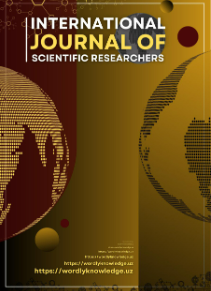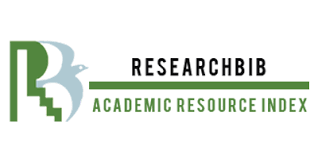A COMPARATIVE STUDY OF ENGLISH AND UZBEK QUANTIFIER SYSTEMS
Keywords:
Quantifier Systems, English, Uzbek, Cross-Linguistic Comparison, Syntax, Semantics, Cardinality, Universality, Existence, Typology, Agglutination, Analytic Language.Abstract
This scientific article examines the quantifier systems of English and Uzbek, two languages with distinct typological features, focusing on the expression of cardinality, universality, and existence. The analysis reveals similarities and differences in the structure and function of quantifiers, highlighting the influence of language-specific constraints and cross-linguistic universals. English, an analytic language, exhibits a relatively simple quantifier system, while Uzbek, an agglutinative language, employs a more complex system with diverse morphology and syntax. The findings contribute to the understanding of quantifier typology, revealing the diverse strategies languages employ to express quantity and providing insights into the interaction of syntax, semantics, and pragmatics in quantifier use.
References
Sh. Karimova EXPRESSION OF QUANTITATIVE IN UZBEKI AND ENGLISH LANGUAGES // SAI. 2022. №B7. URL: https://cyberleninka.ru/article/n/expression-of-quantitative-in-uzbeki-and-english-languages
Nozimabonu Aziz Qizi Umirzoqova COMPARATIVE STUDY OF LENGTH MEASUREMENT IN THE ENGLISH AND UZBEK LANGUAGES // Academic research in educational sciences. 2022. №4.
Petrochenko Ludmila, Zhukova Nina Constructions expressing inaccurate quantity: functions and status in modern English // Journal of Language and Education. 2016. №1.
https://dictionary.cambridge.org/grammar/british-grammar/much-many-a-lot-of-lots-of-quantifiers
G'ulomov.A plural category in the Uzbek language. Tashkent. Self-publishing.
Mamajonova.M The importance of quantification in the analysis of language units //molodoy uchenyy.2016-year 3-issue
https://promova.com/english-grammar/quantifiers-in-english
Akbar Sanakulov. QUANTIFIERS IN THE ENGLISH AND UZBEK LANGUAGES. (2024). International Journal of Artificial Intelligence, 4(02), 111-113. https://www.academicpublishers.org/journals/index.php/ijai/article/view/370







